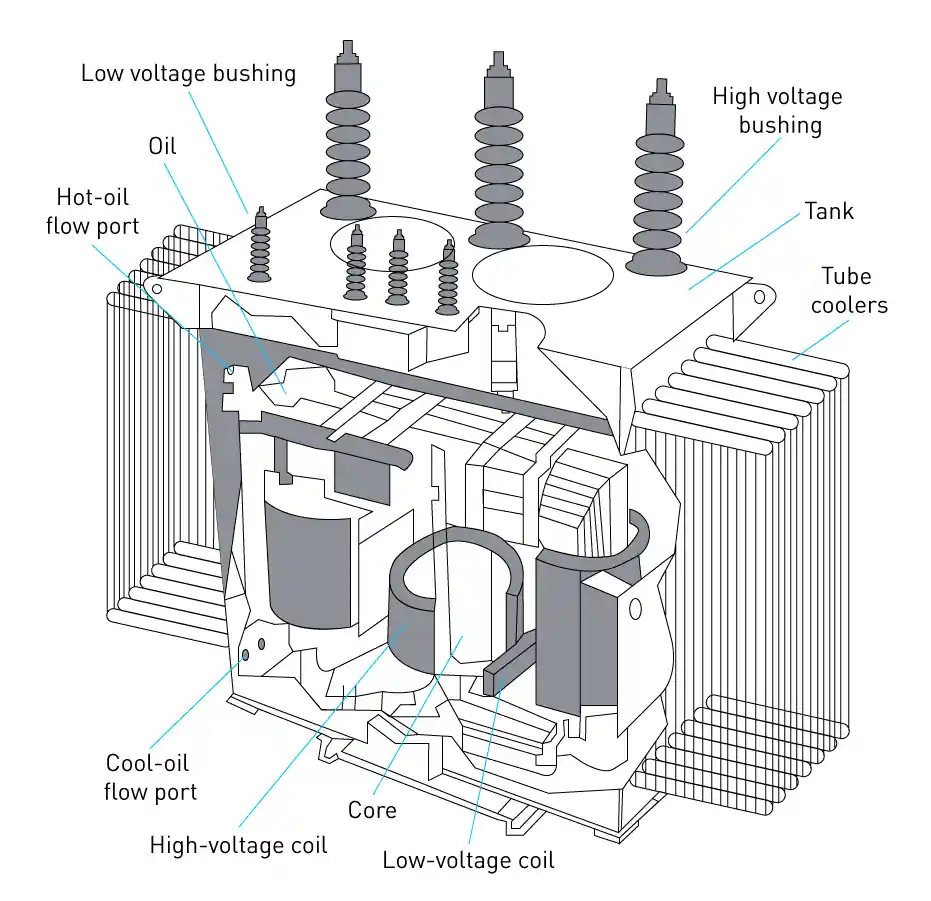
Core Concepts: What is a Hi-Pot Transformer?
A Hi-Pot (High Potential) transformer is a specialized device designed to perform dielectric withstand tests, which evaluate the insulation integrity of electrical components. By applying AC/DC voltages significantly higher than operational levels (typically 100V–1000V), it identifies weaknesses like micro-cracks, contaminants, or insufficient insulation gaps. In industries like lithium battery manufacturing, Hi-Pot transformers are critical for detecting internal shorts caused by metal particles or separator defects.
Applications Across Industries
Hi-Pot transformers are indispensable in:
– Lithium Battery Production: Screening bare cells for separator integrity and electrode alignment.
– Electronics Manufacturing: Validating insulation in PCBs, capacitors, and relays.
– Sistem Tenaga: Testing transformers, switchgear, and cables per IEEE 62.1-2016 standards.
[img]
Alt: Hi-Pot Testing Setup for Electrical Switchgear – Compliance with IEEE Safety Protocols
Market Trends & Industry Demand
The global Hi-Pot testing equipment market is projected to grow at 7.2% CAGR (2025–2030), driven by rising EV adoption and stricter safety regulations. Key drivers include:
– EV Battery Demand: 300+ GWh lithium battery production by 2030 necessitates rigorous quality control.
– Smart Grid Expansion: IEEE and IEC standards mandate Hi-Pot testing for grid resilience.
Technical Parameters & Comparative Analysis
Key Specifications
| Parameter | Entry-Level | Industrial-Grade |
|---|---|---|
| Voltage Range | 0–500V AC/DC | 0–10kV AC/DC |
| Accuracy | ±3% | ±0.5% |
| Test Modes | Dielectric, IR | Dielectric, IR, Ramp |
| Compliance | IEC 60335-1 | IEEE 62.1, UL 60950 |
[img]
Alt: Technical Comparison Table – Entry-Level vs. Industrial Hi-Pot Transformers
Differentiation from Alternatives
- vs. Megohmmeters: Hi-Pot transformers apply destructive testing to simulate extreme conditions, whereas megohmmeters measure insulation resistance under normal voltages.
- vs. Automated Testers: Hi-Pot transformers offer customizable voltage ramping for nuanced failure analysis, ideal for R&D labs.
Purchasing Guidance: How to Choose the Right Hi-Pot Transformer
- Voltage Requirements: Match the device to your DUT’s (Device Under Test) insulation rating. For lithium batteries, 250V–500V DC is typical.
- Safety Certifications: Prioritize models compliant with IEC 61010-1 dan UL 61010-2-034.
- Automation Needs: For high-throughput environments (e.g., EV factories), opt for PLC-integrated systems with <100ms test cycles.
FAQ Section
A: 100% inline testing is recommended post-electrode stacking to prevent defective cells from entering aging stages.
A: When parameters (voltage, duration) align with IEC 62368-1 guidelines, Hi-Pot testing is non-destructive. Exceeding rated voltages may degrade materials.
Hi-Pot transformers are the backbone of modern electrical safety, bridging precision engineering with regulatory demands. By selecting equipment tailored to your application and adhering to IEEE/IEC frameworks, organizations can mitigate risks while enhancing product reliability.
References:
– IEEE Standard 62.1-2016: Dielectric Testing Guidelines for Electrical Equipment.
– IEC 60335-1: Safety Requirements for Household Appliances.
– Grand View Research (2025): Hi-Pot Testing Equipment Market Analysis.
Get a printable version of this page as a PDF.